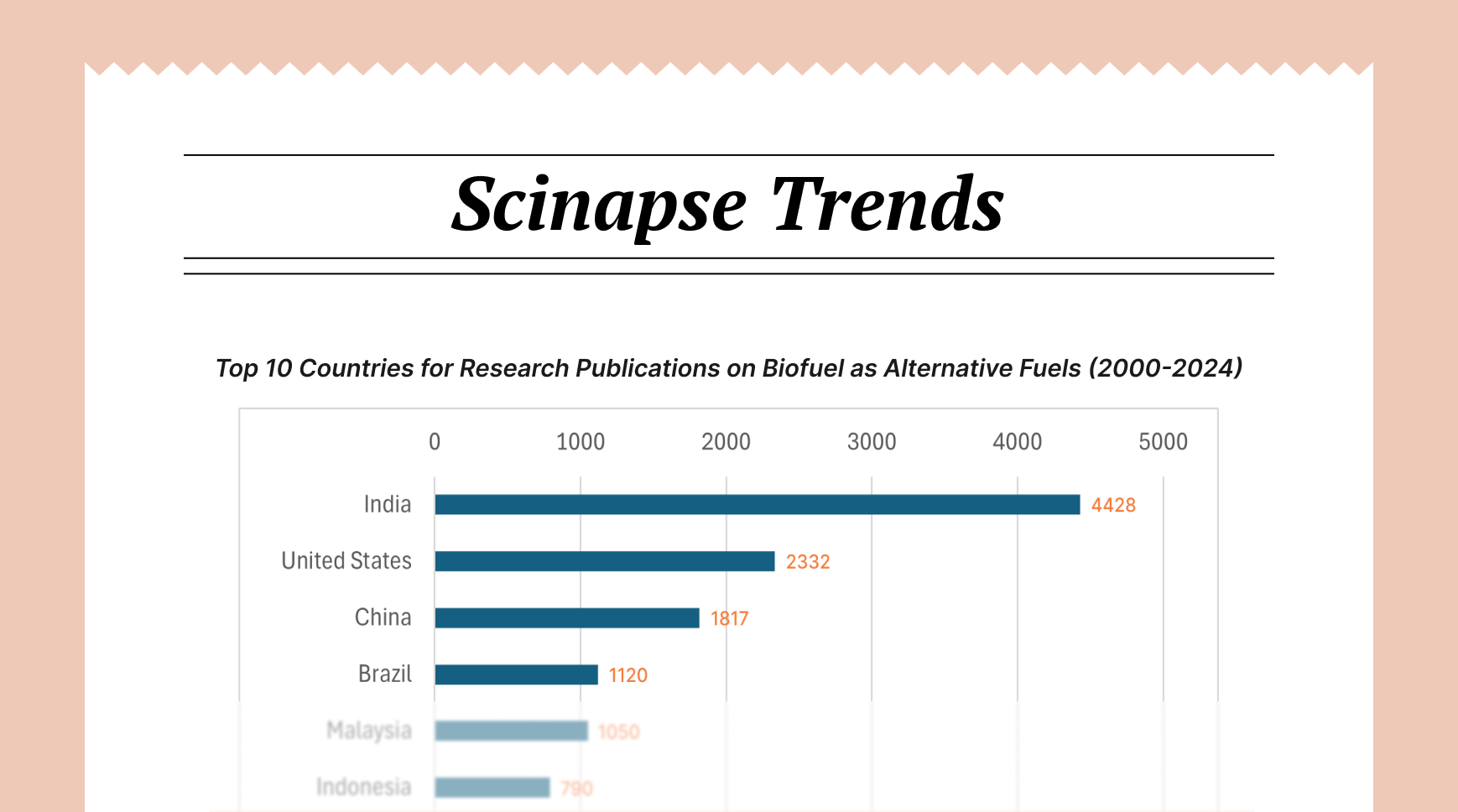How to Write a Literature Review That Impresses Peer Reviewers and Elevates Your Research

A well-crafted literature review serves as the foundation of exceptional academic research, demonstrating your mastery of existing knowledge while positioning your work within the broader scholarly conversation. Writing a literature review that impresses peer reviewers requires strategic planning, critical analysis, and sophisticated synthesis of sources. This comprehensive guide will transform your approach to literature review writing and help you create compelling, publication-ready reviews.

Understanding What Peer Reviewers Seek in a Literature Review
Peer reviewers evaluate literature reviews based on specific criteria that distinguish exceptional work from mediocre submissions. They look for comprehensive coverage of relevant literature, critical analysis rather than mere summarization, clear organization, and innovative insights that advance the field. A strong literature review demonstrates your ability to identify gaps in existing research, synthesize complex information, and present a compelling argument for your research contribution.
The most impressive literature reviews showcase the author's deep understanding of the field while maintaining objectivity and scholarly rigor. Reviewers appreciate when authors can navigate conflicting findings, identify methodological strengths and weaknesses across studies, and present a balanced perspective that acknowledges both consensus and controversy within the literature.
Strategic Planning: The Foundation of an Impressive Literature Review
Before diving into writing, develop a comprehensive search strategy that ensures you capture the most relevant and high-quality sources. Begin by identifying key databases specific to your field, utilizing both broad platforms like Web of Science and discipline-specific repositories. Modern AI-powered academic search engines, such as Scinapse, have revolutionized literature discovery by providing semantic search capabilities that surpass keyword matching. Scinapse's intelligent algorithms can identify relevant papers based on conceptual similarity, helping you discover connections and sources that traditional database searches might miss. Its paper recommendation system and citation analysis features make it particularly valuable for comprehensive literature reviews, allowing you to trace research lineages and identify emerging trends more effectively.
Develop a systematic approach that utilizes Boolean operators, controlled vocabulary, and citation tracking across multiple platforms to establish a robust foundation of sources. Combining traditional database searches with AI-enhanced discovery tools like Scinapse ensures comprehensive coverage while reducing the risk of missing relevant literature.
Establish clear inclusion and exclusion criteria early in your process. Define the time frame for your literature review, specify the types of publications you'll include, and determine quality thresholds for source selection. This systematic approach demonstrates methodological rigor that peer reviewers highly value and helps you maintain focus throughout the writing process.
Document your search process meticulously, including databases searched, search terms used, and the number of results obtained. This transparency allows peer reviewers to assess the comprehensiveness of your literature review and provides a clear audit trail for your methodology.
Organizing Your Literature Review for Maximum Impact
The organization of your literature review significantly influences how peer reviewers perceive the quality and coherence of your work. Move beyond chronological organization, which often results in a series of disconnected summaries, toward thematic or methodological frameworks that highlight relationships between studies and emerging patterns in the literature.
Consider organizing your literature review around key theoretical frameworks, methodological approaches, or thematic clusters that emerge from your analysis. This approach allows you to demonstrate sophisticated thinking and helps readers understand the evolution of ideas within your field. Create clear transitions between sections that explicitly connect different bodies of work and build toward your research objectives.
Develop a hierarchical structure with clear headings and subheadings that guide readers through your argument. Each section should serve a specific purpose in building your overall narrative, and the relationship between sections should be immediately apparent to readers and reviewers.
Critical Analysis
The hallmark of an impressive literature review lies in its analytical depth and synthetic insights. Rather than simply describing what each study found, critically examine the methodological approaches, theoretical frameworks, and interpretive strategies employed across the literature. Identify patterns, contradictions, and gaps that reveal opportunities for further research.
Analyze the evolution of theoretical perspectives within your field, highlighting how concepts have been refined, challenged, or expanded over time. Examine the methodological diversity in existing research, discussing how different approaches have contributed to understanding and where methodological innovations might be needed.
Engage with conflicting findings constructively, exploring potential explanations for discrepancies and identifying factors that might account for different results across studies. This type of critical engagement demonstrates scholarly maturity and helps establish your credibility as a researcher.
Writing Techniques That Impress Peer Reviewers
Exceptional literature reviews employ sophisticated writing techniques that enhance clarity and demonstrate scholarly expertise. Use signal phrases and transitional language that indicate your stance toward the literature. Phrases like "while X argues" or "building on Y's framework" help readers understand your analytical perspective and the relationships you're drawing between sources.
Maintain an appropriate balance between description and analysis throughout your literature review. Generally, allocate approximately 20% of your space to describing study findings and 80% to analyzing, synthesizing, and interpreting those findings. This ratio ensures that your voice and analytical perspective remain central to the narrative.
Employ varied sentence structures and vocabulary to maintain reader engagement while demonstrating your command of academic discourse. Avoid repetitive phrasing and formulaic transitions that can make your literature review feel mechanical or superficial.
Identifying and Articulating Research Gaps
One of the most critical functions of a literature review is identifying gaps in existing knowledge that justify new research. Successful gap identification requires careful analysis of what has been studied, how it has been studied, and what remains unexplored or underexplored.
Look for several types of gaps: empirical gaps where certain populations or contexts haven't been studied, methodological gaps where particular approaches haven't been applied, and theoretical gaps where existing frameworks may be insufficient or outdated. Present these gaps as opportunities rather than criticisms, framing them in ways that highlight the potential contributions of future research.
Connect identified gaps directly to your research objectives, demonstrating how your proposed work will address specific limitations or extend existing knowledge in meaningful ways. This connection helps peer reviewers understand the necessity and potential impact of your research.
Quality Control and Revision Strategies
Before submitting your literature review, implement systematic quality control measures that address common reviewer concerns. Verify that all citations are accurate and properly formatted, ensure that you've represented authors' ideas fairly and completely, and check that your arguments flow logically from one section to the next.
Conduct a reverse outline of your completed literature review, summarizing the main point of each paragraph to identify potential organizational issues or logical gaps. This technique helps you assess whether your literature review builds a coherent argument and whether each section contributes meaningfully to your overall objectives.
Seek feedback from colleagues or mentors who can provide objective perspectives on your work. Fresh eyes often identify unclear passages, logical inconsistencies, or missed opportunities for stronger analysis that you might overlook after extensive revision.
Elevating Your Literature Review to Publication Standards
Writing a literature review that impresses peer reviewers requires combining comprehensive research skills with sophisticated analytical thinking and clear communication. Focus on developing a systematic approach to source identification and selection, organizing your review around meaningful themes rather than simple chronology, and engaging critically with the literature rather than merely summarizing findings.
Remember that an exceptional literature review does more than catalog existing research—it provides new insights through synthesis, identifies important gaps for future investigation, and positions your work within the broader scholarly conversation. By implementing these strategies and maintaining high standards for analytical rigor and writing quality, you'll create literature reviews that not only impress peer reviewers but also make meaningful contributions to your field.
Author: Uttkarsha B
- AI-Ethicist and STM Research & Publishing Expert
Never re-search again.
Scinapse is made by researchers for researchers.
Join the next generation of research at ⏯️ https://scinapse.io/
Pluto Labs
Pluto Labs helps researchers focus on their research by improving several inefficiencies in the academic research process. We offer data-driven insights from academic papers, allowing users to easily obtain review-level results for their desired range of papers.
https://pluto.im/





Comments ()